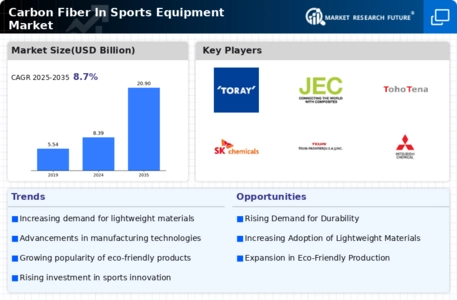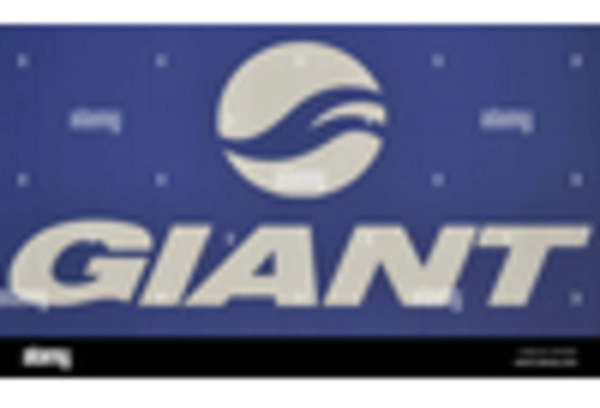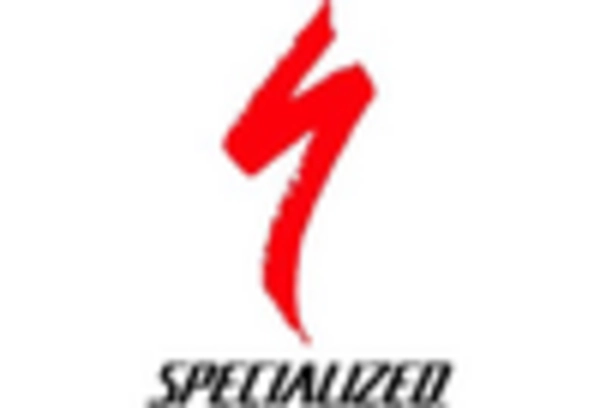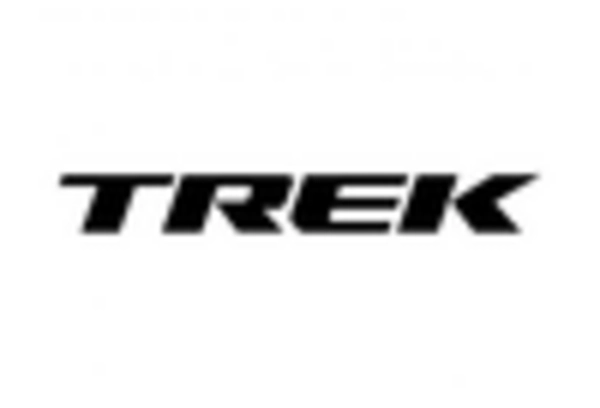Rising Demand for Lightweight Materials
The increasing demand for lightweight materials in sports equipment is a primary driver in the Carbon Fiber In Sports Equipment Market. Athletes and sports enthusiasts are continually seeking equipment that enhances performance while minimizing weight. Carbon fiber, known for its high strength-to-weight ratio, is increasingly favored in the production of various sports gear, including bicycles, tennis rackets, and golf clubs. The market for carbon fiber sports equipment is projected to grow at a compound annual growth rate (CAGR) of approximately 10% over the next five years, indicating a robust trend towards lightweight solutions. This shift is not only driven by performance considerations but also by the growing awareness of the benefits of using advanced materials in sports, which further propels the demand for carbon fiber products.
Customization Trends in Sports Equipment
Customization trends are emerging as a key driver in the Carbon Fiber In Sports Equipment Market. Athletes increasingly seek personalized equipment that caters to their specific needs and preferences. Carbon fiber's versatility allows for tailored designs, enabling manufacturers to create bespoke sports gear that enhances performance. This trend is particularly prominent in sports such as golf and cycling, where equipment can be customized to fit the individual athlete's style and performance requirements. The ability to offer personalized carbon fiber products not only meets consumer demand but also provides manufacturers with a competitive advantage. As customization continues to gain traction, the carbon fiber segment of the sports equipment market is likely to experience substantial growth, reflecting the evolving preferences of athletes.
Increased Investment in Sports Technology
Investment in sports technology is significantly influencing the Carbon Fiber In Sports Equipment Market. As manufacturers strive to enhance the performance and durability of sports equipment, they are increasingly allocating resources towards research and development. This investment is leading to innovative applications of carbon fiber, resulting in products that offer superior performance characteristics. For instance, advancements in carbon fiber composites are enabling the creation of equipment that is not only lighter but also more resilient to wear and tear. The market is witnessing a surge in the introduction of high-tech sports gear, with carbon fiber playing a pivotal role. This trend is expected to continue, as the integration of technology in sports equipment becomes more prevalent, thereby driving the demand for carbon fiber materials.
Growing Popularity of High-Performance Sports
The growing popularity of high-performance sports is a significant driver in the Carbon Fiber In Sports Equipment Market. As more individuals engage in competitive sports, the demand for high-quality, performance-enhancing equipment has surged. Carbon fiber, with its exceptional properties, is increasingly utilized in the production of equipment designed for elite athletes. This trend is particularly evident in sports such as cycling, where carbon fiber frames and components are preferred for their lightweight and strength. The market for carbon fiber sports equipment is expected to expand as more athletes seek to gain a competitive edge through the use of advanced materials. This increasing focus on performance is likely to sustain the growth of the carbon fiber segment within the sports equipment market.
Environmental Considerations and Sustainability
Environmental considerations are becoming increasingly important in the Carbon Fiber In Sports Equipment Market. As consumers become more environmentally conscious, there is a growing demand for sustainable materials in sports equipment manufacturing. Carbon fiber, while traditionally associated with high-performance applications, is now being evaluated for its environmental impact. Manufacturers are exploring ways to produce carbon fiber in a more sustainable manner, which could enhance its appeal to eco-conscious consumers. This shift towards sustainability is likely to influence purchasing decisions, as athletes and sports enthusiasts seek products that align with their values. The potential for carbon fiber to be produced using recycled materials or through more sustainable processes may further drive its adoption in the sports equipment market.


















Leave a Comment